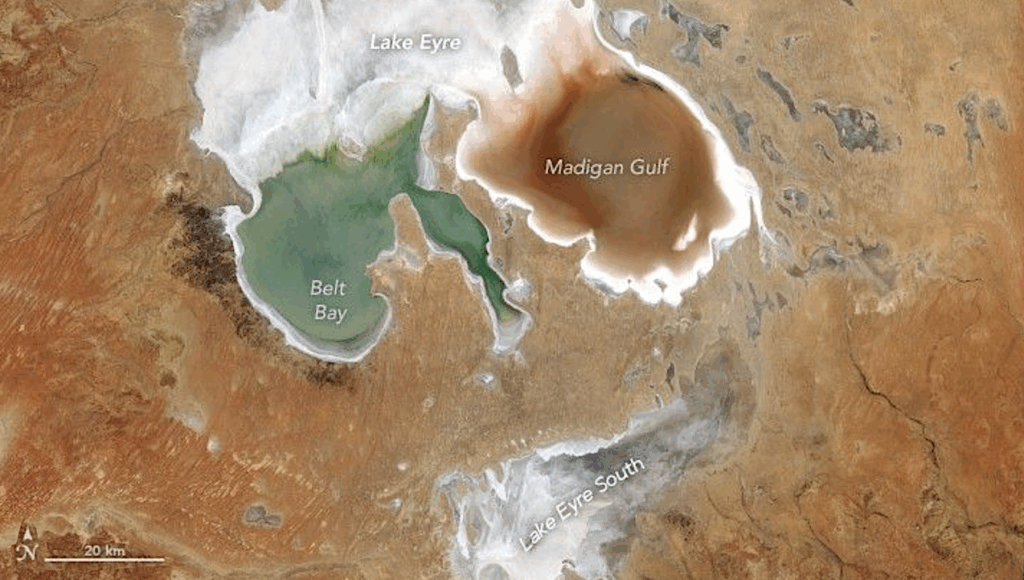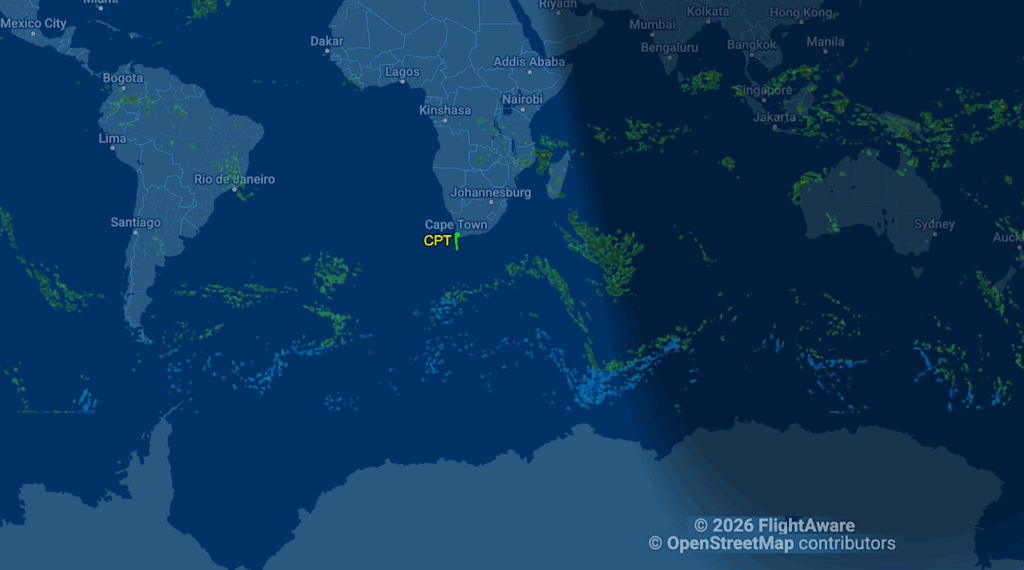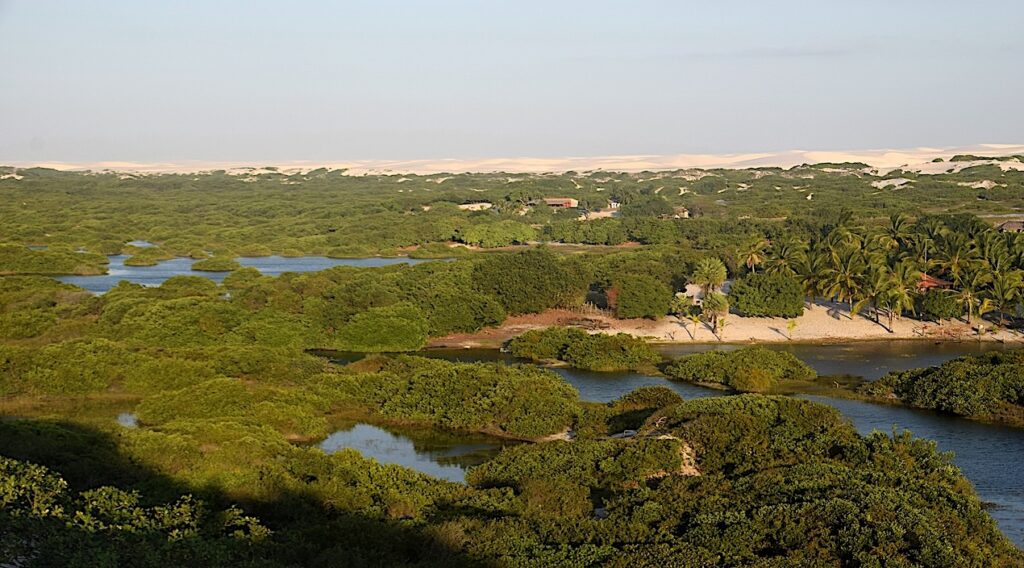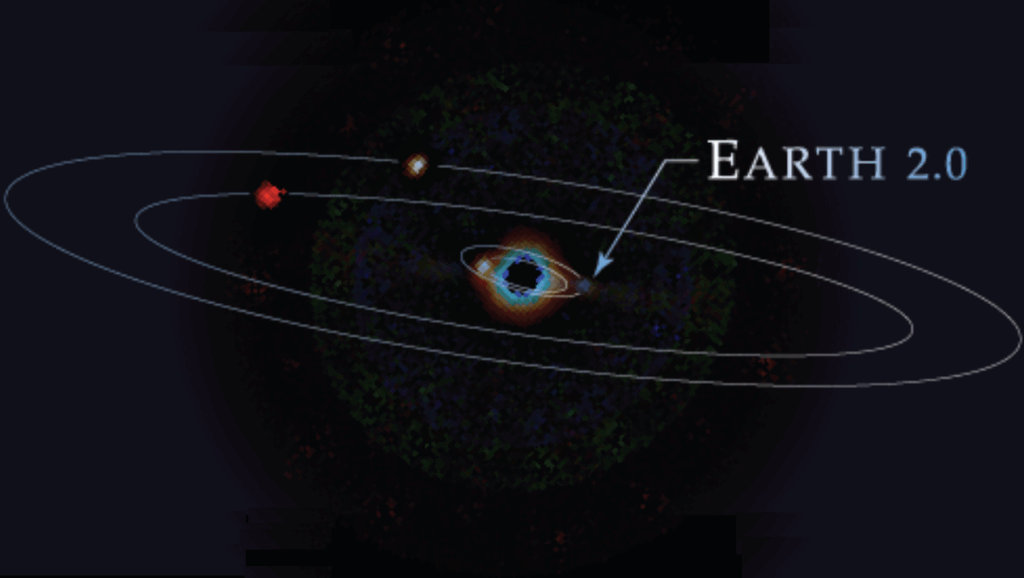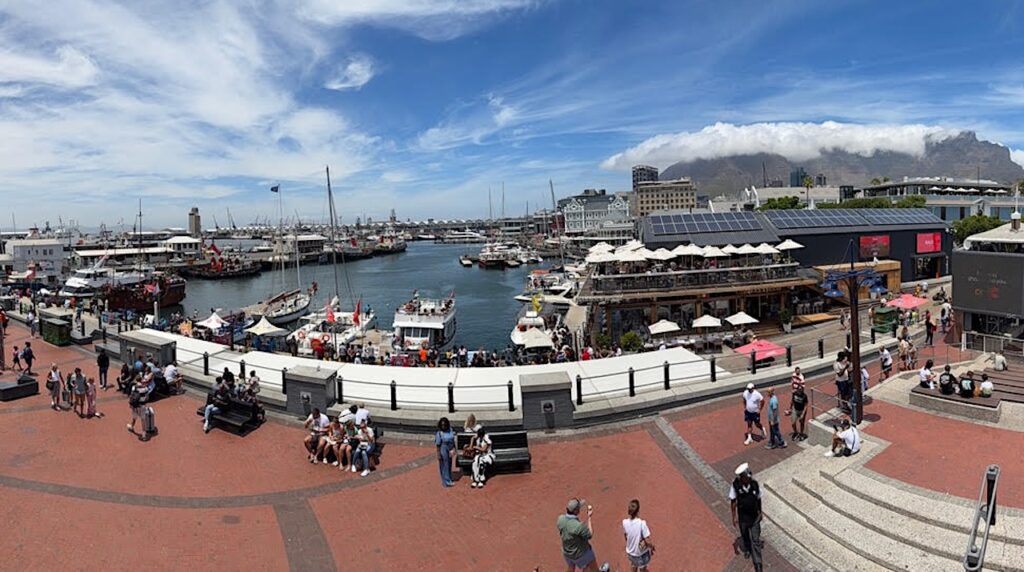Away Team Results: Discovery Of A New Ecosystem In The Maldives
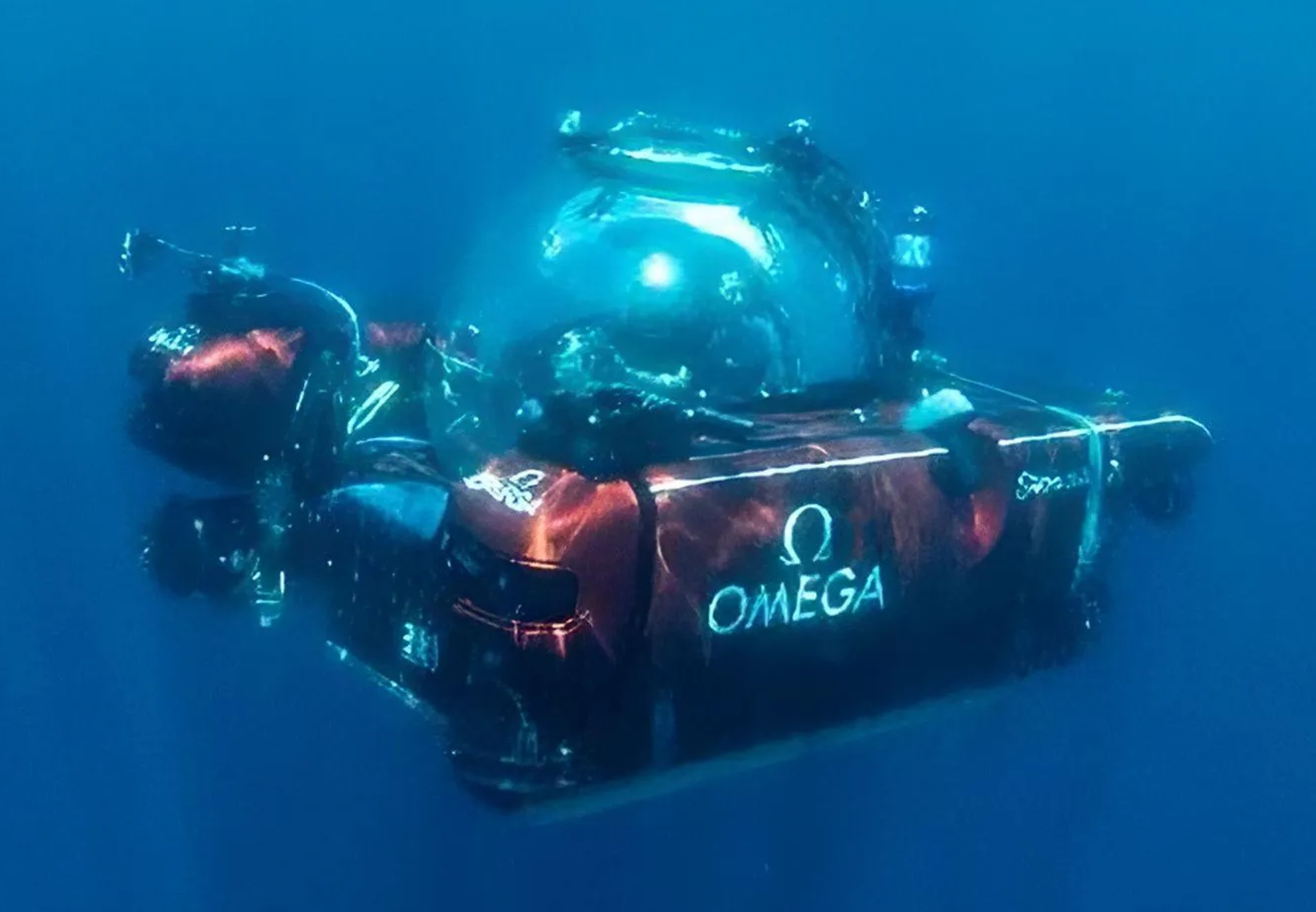
The Nekton Maldives Mission, involving researchers from the University of Oxford, has found evidence of a previously undescribed ecosystem – ‘The Trapping Zone’ – that is creating an oasis of life 500 metres down in the depths of the Indian Ocean. The discovery has been hailed as highly significant by the Maldives Government.
Video evidence from Nekton science cameras aboard the Omega Seamaster II submersible, combined with collected biological samples and extensive sonar mapping, indicate that in this zone predators such as sharks and other large fish feed on swarms of small organisms known as micro-nekton. These are marine organisms that can swim independently of the current and typically migrate from the deep sea to the surface at night and dive back into the deep at dawn (known as The Vertical Migration). But in this area, the micro-nekton become trapped against the subsea landscape at the 500m mark.
We’re particularly intrigued at this depth – why is this occurring? Is this something that’s specific at 500 metres, does this life go even deeper, what is this transition, what is there and why? That’s our critical question we need to ask next. Why are we seeing the patterns that we have observed on this expedition? This will enable us to understand the deep ocean in much better terms.
The volcanic subsea strata and fossilised carbonate reefs which form the base of Maldivian atolls combine steep vertical cliffs and shelving terraces. These appear to be the reason that these species are prevented from diving any deeper as the sun rises. The trapped animals are then targeted by large pelagic predators, including schools of tuna and sharks, along with well-known, large deep-water fish including the spiky oreo and alfonsino. Tiger sharks, gill sharks, sand tiger sharks, dog fish, gulper sharks, scalloped hammerhead sharks, silky sharks and the very rare bramble shark were all documented by the mission.
Marine ecosystems are defined by both the topography and ocean life. ‘This has all the hallmarks of a distinct new ecosystem’, explained Professor Alex Rogers (University of Oxford) who has spent over 30 hours underwater in the mission’s submersibles observing ‘The Trapping Zone’ during the expedition. ‘The Trapping Zone is creating an oasis of life in the Maldives and it is highly likely to exist in other oceanic islands and also on the slopes of continents.’
Whilst a trapping effect has been associated with biodiversity hotspots on subsea mountains or seamounts, it has not previously been linked to the different geomorphology and biological parameters of oceanic islands, like the Maldives.
Analysis of the video and biological data is ongoing in the Maldives, Nekton’s UK headquarters in Oxford, and at partner laboratories. The discovery could have important implications for other oceanic islands and the slopes of continents, sustainable fisheries management, the burial and storage of carbon and, ultimately, climate change mitigation.
The Nekton Maldives Mission is coordinated and managed by Nekton, a not-for-profit research institute based at Begbroke Science Park in Oxford. The mission is a partnership between the Government of Maldives, Nekton, and the University of Oxford alongside a dozen organisations in the Maldives and an international alliance of technology, philanthropy, media and scientific partners. The purpose is to conduct the first systematic survey of ocean life in the Maldives, from the surface to 1000 metres deep, to help inform conservation and sustainable development policies. Until the mission, almost nothing was known about what lay below 30 metres deep in this region.
Oliver Steeds, Chief Executive and Mission Director of Nekton, said: ‘The Maldives Mission has been co-created and co-produced with our Maldivian colleagues to meet national priorities with all data and biological samples owned and vested with the Maldives. Nekton’s scientific leadership is anchored by our research team from the University of Oxford and it’s this scientific collaboration between the Maldives and Oxford that is at the heart of the mission’s success and long-term impact.’
The mission set sail on September 4 and was at sea for 34 days. Other discoveries from the mission so far include:
Ancient beach lines: Terracing and wave erosion at depths of 122m, 101m, 94m, 84m and 55m revealed evidence of different beach lines from sea level rise over the last 20,000 years since the end of the last glacial maximum.
Coral Reefs: The mission systematically mapped, surveyed, determined location, health, and resilience of coral reefs in six major locations to inform the Maldives Government’s conservation and management policies. The reefs are essential to life in the Maldives and help reduce the impacts from sea level rise and the increasing frequency and intensity of storms caused by climate change.
A deep-sea refuge: At depths from 120 metres to 300 metres, the team systematically surveyed the Rariphotic Zone for the first time in Maldives — home to corals, reefs and organisms, some of which are highly likely to be species new to science.
Further information about the mission can be found on Nekton’s website.
Astrobiology, Avatar, Avatar The Way of Water,



